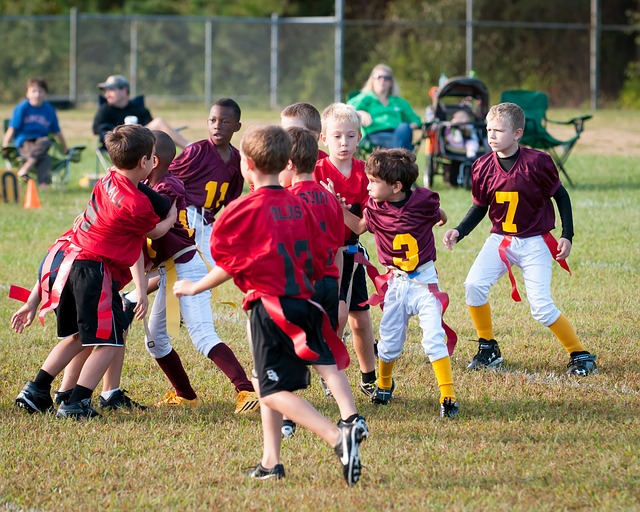As coaches of small children who are beginning to learn the game, we have to give the kids more credit. Yes, they are children and need to be treated differently than older kids, but young children have a tremendous ability to learn.
Coaching kids to dribble through cones, pass the ball back and forth, and run laps around half the field might make us think we are creating better players but instead we are creating bored players! Kids of all ages need to feel engaged and soccer gives them a fun way to use their brains to solve problems, so let’s honor their ability to do just that!
An Effective Way To Develop Better Soccer Players and Solve Problems
Small-sided games provide a natural and effective way for children to learn the game of soccer.
Not only can they learn all of the techniques and tactics, but they are allowed to find their own solutions to problems, which is an important part of developing creativity. They are free to determine their own level of involvement.
The first step in coaching is to identify the problem that you want to address. A problem could be a specific skill or a strategy. For younger players, keep it simple and fun.
Swarming in Youth Soccer
Let’s take a look at a common problem most often seen in the play of younger soccer athletes…
We’ve all seen games in which the players on both sides seemingly swarm around the ball in a large pack.
As children age, they learn the concept of space and the need to get themselves open so a teammate can pass the ball to them. As coaches, we can explain the concept of “getting open” to our young players, but they seem to completely forget about what we’ve told them when it’s game time.
A Simple “Scoring System” Provides a Fun and Effective Solution
So try a small-sided game in a small space. Each side will have 3 players and place a cone at each end. The idea is to kick the ball into the cone which will count as a point. An additional two points will be awarded to a player’s team if a player runs into space and receives a pass from a teammate.
So the players are given credit, so to speak, for getting themselves open. As coaches, we are trying to instill the value and importance of getting open so we can help our fellow players. As an added teaching benefit, the kids will be able to work on skills such as trapping, passing, etc.
Let the kids play for awhile at this game. Do not feel the need to blow your whistle to teach something every 10 seconds. It will be amazing, after some repeated play, how the kids are able to come up with their own solutions.
Keep an eye on each player and how they are progressing with the game. You might have to adjust it in some way, whether it be by making the field smaller or larger depending on the level of difficulty. We want the game to be challenging, but also something that the players can accomplish. It’s about striking a balance.
Congratulate them when they do something right and let them know why it was great!
Eventually you will see the young players start to develop an awareness of empty space in a larger game situation and stop the swarming, which might be cute for spectators to watch, but is painful for coaches!



No comments yet.